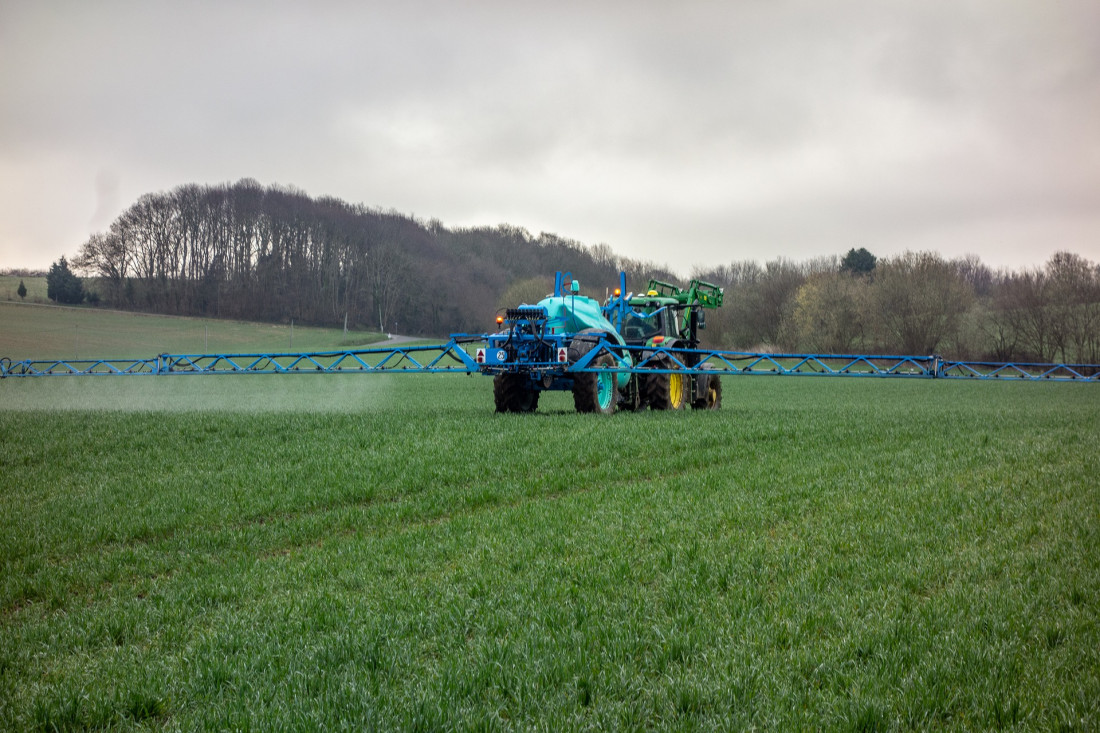Phosphorus equals life. Nothing that lives can survive without it. It is the go-to chemical feedstock for fertilizer and animal feed, and a key chemical product in a multi-billion dollar market.
This information surprises most people, as the importance of phosphorus is little known outside of the agricultural and agriproduct industries. But what should be surprising absolutely everyone is how little we are talking about the future of phosphorus supplies.
Shouldn’t We Be Doing More to Improve Phosphorus Use Efficiency?
About a decade ago, there were numerous scare stories and theories circulating that the world was due to run out of phosphorus. Wise minds soon debunked these theories, and pointed to great untapped stockpiles of phosphorus available, such as off the coast of the US Californian and Eastern seaboards, as reported to the US Dept of the Interior. As discussed in previous articles on this blog page (here, as well as here), these stockpiles contain sufficient phosphorus for the next 200 years (give or take a hundred years).
Panic over.
Or is it? Because according to Dr Dana Cordell, of Sydney’s University of Technology, the market for phosphorus could get extremely difficult in as little as 25 years. At this point, she has calculated, “global demand for phosphorus would exceed phosphorus supply”. This situation would be the result of a growing global population, and because by the year 2032 all the easily accessible rock phosphate will have been mined.
We may be technologically able to extract phosphate from more difficult locations (such as Chatham Rise, a submarine ridge off the east coast of New Zealand) but the cost increases will be significant. It is therefore fair to predict that in 25 years time, increased phosphorus demand coupled with increased complications for extraction will be reflected in market prices.
In fact, the situation for future phosphorus supply, demand, and price, is similar to the current supply, demand, and price of oil.
According to Gilbert Masters, Stanford Professor of Civil & Environmental Engineering, Emeritus, “current oil supplies in all nations combined would last the world for only about 41 years.” And he wrote that in 2008!
If the oil is to keep flowing, new drilling technology and oil extraction improvements will be needed; something that is quite likely if this report by the BBC is to be believed.
But think how unstable oil prices are at present; over $140 a barrel in 2008, $40 a barrel in 2009, $120 in 2011, $40 in 2017.
And this price uncertainty comes despite the fact that oil is extracted from dozens of countries all over the planet, and numerous energy alternatives are available. Phosphorus meanwhile, is extracted from only a handful of countries (95% of current supply is from the disputed Morocco/Western Sahara deserts), and it has NO known replacement products.
The world has a limited supply of a vital resource, so shouldn’t everyone be talking about phosphorus use and agricultural product efficiency?
Shouldn’t We Be Doing More to Improve Phosphorus Use Efficiency?
In recent report in the sustainability website, TheConversation, Dr Cordell also outlined how inefficient phosphorus use can be. The article explains how, “Australia uses 480 kilotonnes (kt) of phosphorus each year. The majority of it, 450kt, is used in agriculture with an average efficiency rate of 25%.
This means four units of fertiliser are applied to soil to produce one unit of phosphorus in products. Those products are exported or consumed domestically. The remaining 75% (the other three units) accumulates in agricultural soils, with a small proportion also lost to waterways.”
Meanwhile, the online scientific journal Elsevier, also highlighted the problems with phosphorus wasteage, stating that, “The phosphorus balance efficiency of the major southern Australian broadacre farm enterprises varies considerably from extremely poor (5-15% for some horticultural enterprises), through poor (20-40% for grazing industries), to moderate (45-60% in cropping enterprises).”
Clearly, these efficiency rates need to be improved. They are lost money for the consumer, result in damage to the environment through run-off and eutrophication, and mean that a valuable, limited resource is being wasted.
The agribusiness industry could wait until the price of phosphorus reaches heights that will force fertilizer manufacturers to focus on improved rates of absorption, but can the planet afford to wait? Phosphorus supply chain experts are predicting long-term price increases, something that phosphorus producers should be pleased about. But fertilizer manufacturers will be less happy about price increases to their chemical feedstocks. So shouldn’t they be doing more to improve phosphorus efficiency?

